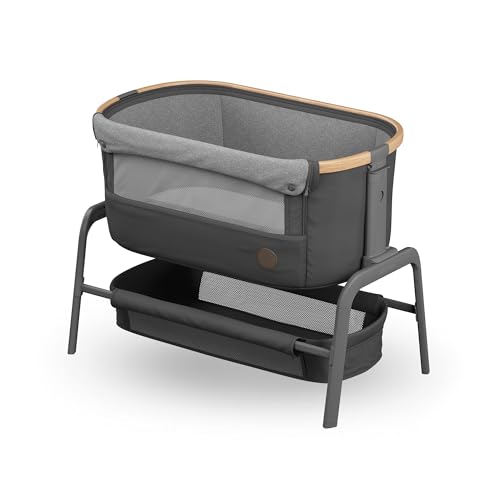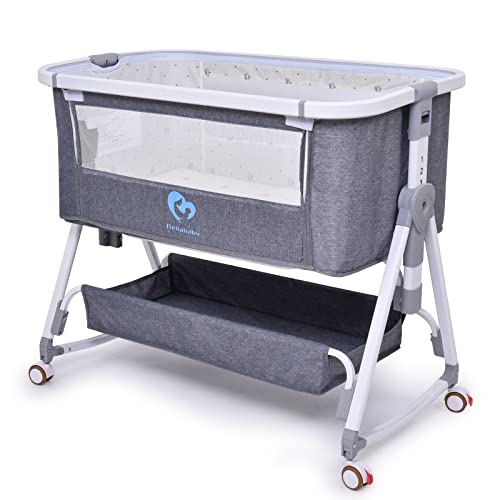
Baby Cots On Sale
Add a reviewOverview
-
Posted Jobs 0
-
Viewed 28
Company Description
10 Best Mobile Apps For Tots And Cots
Tots and Cots: A Comprehensive Guide for Parents
When it concerns ensuring a safe and comfy sleeping environment for babies and young children, the options parents make– ranging from cribs to cots– can substantially impact their wellness. Today’s short article dives deep into the complexities of picking the very best sleeping plans for tots, highlighting security, style, functionality, and how these options develop as a child grows.
Comprehending Tots and Cots
Tots typically refer to children, especially toddlers aged between 1 to 3 years, while cots are the sleeping plans specifically designed for babies and toddlers. The proper sleeping equipment for this age consists of numerous types of cots, cribs, and toddler beds.
Types of Cots
Various styles exist to meet the diverse needs of both moms and dads and children. Below is a list detailing the most typical kinds of cots offered:
Standard Crib
- A standard crib is developed for infants and typically includes sides that can be adapted to various heights.
Convertible Crib
- This type of crib can transform into a young child bed, daybed, or full-sized bed as the kid grows, making it a long-term financial investment.
Portable Crib
- Also known as travel cots, these are light-weight and quickly collapsible, ideal for traveling or smaller sized home.
Co-Sleeper
- A co-sleeper crib connects to the side of the moms and dads’ bed, permitting easy access while guaranteeing the baby has a different and safe sleeping space.
Toddler Bed
- A young child bed is a small bed that looks like a standard bed however is designed particularly for toddlers, usually featuring security rails.
Mini Crib
- Mini cribs are smaller than basic cribs, making them a fantastic option for tight spaces, however they are ideal for infants only.
Security Considerations
Ensuring safety is critical when selecting a cot for a child. Here are important safety guidelines parents need to think about:
- Check for CPSC Certification: Ensure that the cot complies with the Consumer Product Safety Commission (CPSC) standards.
- Avoid Drop-Sides: Cots with drop-sides have actually been linked to security risks, and the most recent security policies prohibit them.
- Use a Firm Mattress: A firm mattress decreases the threat of suffocation and should fit comfortably within the cot.
- Keep Bedding Simple: Use a fitted sheet and avoid pillows, comforters, and packed animals that can posture suffocation risks.
- Follow Weight and Age Guidelines: Ensure the kid has not gone beyond the cot’s weight limitation and is still within the advised age.
Transitioning from a Cot to a Toddler Bed
The transition from a cot to a toddler bed can be an emotional turning point for both parents and children. Here are actions to ease the shift:

Timing
Choosing when to transition can be subjective, but it’s generally recommended to make the switch in between 18 months and 3 years, based upon elements like:
- Physical Ability: If the child is climbing up out of the cot.
- Potty Training: Consider transitioning if the child is toilet training and needs easier access.
- Habits: Exhibiting signs of maturity, such as following instructions or expressing a desire for self-reliance.
Tips for Making the Transition Smooth
Include Your Child: Let the child select their new bedding or bed decoration to instill excitement about the change.

Keep Routine Consistent: Maintain the child’s bedtime regimen to offer comfort throughout this duration of change.
Describe the Change: Discuss the shift to a young child bed favorably, making it sound like a Great crib adventure.
Precaution: Place the bed against the wall or use bed rails to avoid falling throughout sleep.
Picking the Right Bed
When selecting a young child bed, parents require to consider elements like:
- Height: Low-profile beds are perfect for young children who may fall out throughout sleep.
- Sturdiness: Ensure the bed can stand up to active play as well as sleep.
- Style and Design: Choose a design that complements the kid’s room and is appealing to the kid.
Choosing the ideal cot for your child can be a difficult process, but understanding the alternatives offered, crucial safety considerations, and the right timing for transitioning to a toddler bed can make this journey simpler for parents. Investing time and effort into these choices will make sure that your kid has a safe, comfortable, and supporting sleep environment.
Frequently asked questions
1. What is the difference in between a cot and a crib?
- A cot is usually a smaller sized bed created for younger young children, while a crib is a larger bed that is usually appropriate for babies as much as 3 years of ages.
2. When should I move my child from a crib to a toddler bed?
- The shift time is typically in between 18 months and 3 years; this change is based on the child’s physical capabilities and behavioral signs.
3. How can I guarantee my kid is safe while sleeping?
- Always adhere to safety standards, use a firm bed mattress with an easy bed linen arrangement, and keep an eye on the cot’s weight limitation.
4. What should I do if my child attempts to climb out of the cot?
- If your kid is climbing up out, it may be time to consider transitioning to a young child bed to avoid falls.
5. Can I utilize the exact same mattress when transitioning?
- Generally, it is best to change the crib bed mattress with one that is specific to the young child bed. Ensure it fits snugly and abides by safety requirements.
By considering these elements, parents can design healthy sleep routines and offer their children with a safe environment that promotes restful sleep. Purchasing quality sleeping plans will add to the child’s total development and joy.

